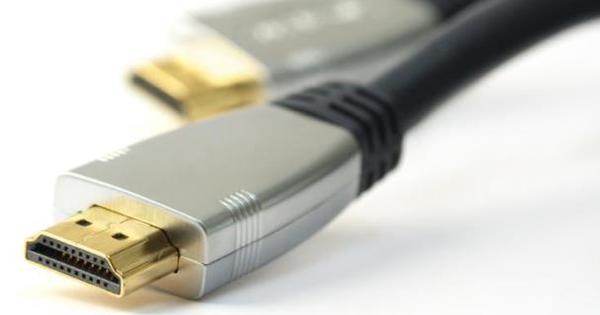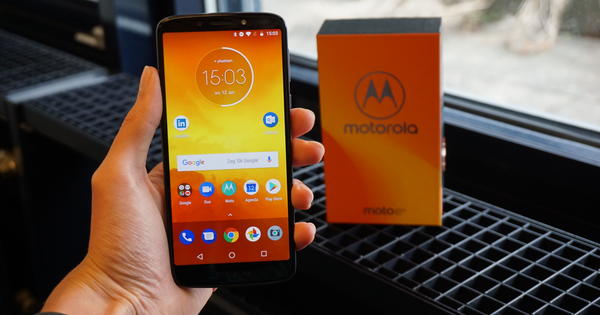Many people find upgrading the computer quite scary. You first need to know what to upgrade, what to buy next, and how to install and use the new part. However, with a few handy tips it is already possible to upgrade many components in your PC, without too much effort.
Tip 01: Which part?
Before we discuss which parts you can upgrade, it is important to first determine which part is most ready for an upgrade. The so-called 'bottleneck' of your computer is that part that ensures that the other PC parts are not used optimally, because it is so slow that the rest has to wait for it. That can be your processor, your internal memory, your hard drive or your video card. Sometimes it's easy to find out which part needs an upgrade: for example, if you get a message that you have no more free disk space. Sometimes it is less clear. To find out where the upgrade is most needed, open Task Manager while using your PC. On Windows 10 you do that by right-clicking on the taskbar and choosing task management. It may be that you are still on Moredetails must click, after which you go to the tab Performance You can go to where you can see how each component is being used by your PC. If you see a clear suspect there, it's time to get ready. However, if you want to make your PC faster as a whole, take a look at the tip Memory and SSD.

Tip 02: Memory
One of the simplest upgrades to your PC is to add internal memory, the RAM. With more RAM, your PC can run multiple programs at once, because all programs in memory can remain active. If you now have 4 GB or less of internal memory, it's time to upgrade to 8 GB to future-proof your PC. To view all the necessary information from the memory, it is best to use RAMMon from PassMark. Download the program and follow the installation steps and the program will open automatically. At the top you will see the total amount of memory and at Aries Type what type of RAM your computer has. That will be DDR2, DDR3 or DDR4. If you use DDR2, your PC is so old that an upgrade is probably no longer worth it. Below that is the Standard Name, where the part after DDRX- the frequency is. In RAMMon you can see the type and amount of RAM per slot. If there's no free slot, it's an option to take one RAM stick out of your PC and put a new one back with more capacity for it. For PCs you buy memory with the DIMM form factor, for laptops you need SODIMM.

Tip 03: Install memory
Installing memory in a computer is not that complicated. You open the PC case by loosening the screws on the back, so that you have access to the motherboard. Then lay the PC flat on its side. It differs per motherboard, but often there are one or two strips of memory at the top with a number of free slots. At the ends of those bars is the place that you can press to release the RAM from the motherboard, so that you can take it out if necessary. Then insert the new memory bar by pressing it firmly into the holder until it clicks into place. For the exact steps, consult the manual of your motherboard, where it is often clearly described. Then plug in the PC and turn it on. If the computer boots to Windows, you know that the memory is installed correctly.

Tip 04: Hard drive
Another option that you can quickly take advantage of is upgrading your hard drive. Especially if you are just a little short on storage space and always have trouble keeping enough free space. That while an extra hard drive does not have to cost that much. You already have a 1TB drive from fifty euros and a 3TB drive from one hundred euros. If you would like to place an extra disk in your PC, it is necessary to pay attention to a number of small things. For example, you have to make sure that there is enough space in the PC cabinet, but that will often not be a problem. The same applies to a laptop, but unfortunately there is often not enough space in it. What you can do with some models is to remove any existing DVD player. You can then buy a 'HDD caddy'. This is a holder for the extra disc, so that it fits nicely in it. Do check whether you are buying an HDD caddy that is suitable for your brand and type of laptop. You should also make sure that your motherboard still has a free SATA connection and that your power supply still has a connection available to supply the drive with power. The easiest way is to open your PC case, study the current connections of the drive and see if there is another connection available on that cable.
 Installing memory in a computer is not that complicated
Installing memory in a computer is not that complicated

